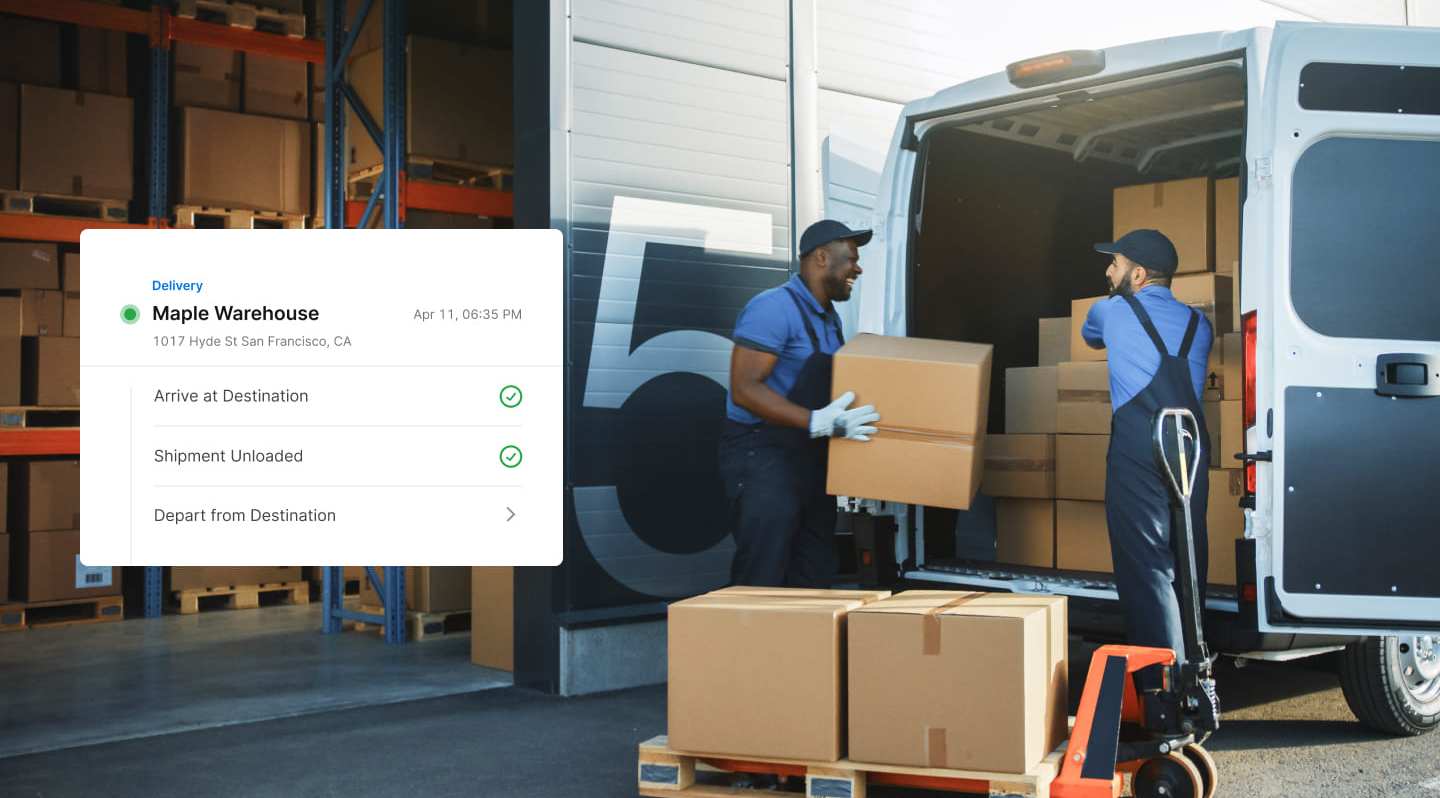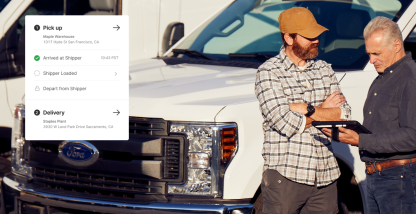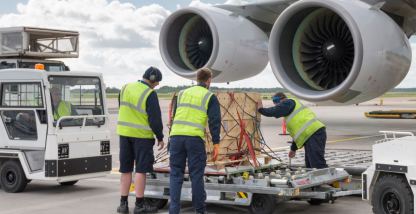- Delivered at Place (DAP) is a phrase used in International commerce
- A DAP agreement establishes seller and shipper responsibilities
- Achieve the benefits of DAP terms with route optimization technology
A common question in global trade is, “What is Delivered at Place?” Delivered at Place (DAP) is also a term commonly used in e-commerce, which is rapidly expanding its market. This article will help shippers understand DAP, the responsibilities under a DAP deal, and the benefits of using route optimization technology to support Delivered at Place efforts.
Delivered at Place (DAP) explained
When shipping internationally there are many abbreviations for rules that define who needs to do what to get goods to their destination. International commercial terms (Incoterms) are internationally recognized rules that define the seller’s and buyer’s responsibilities in export transactions. These terms:
- Help ensure a smooth export transaction.
- Avoid potentially costly mistakes.
- Clarify tasks, costs, and risks for buyers and sellers.
There are 11 widely used Incoterms. Delivered at Place (DAP) is one of the seven rules for any mode of transport. Another four are specific to sea and inland waterway transport.
The DAP Incoterm is generally incorporated into a sale contract. It means that the seller will deliver the goods to a named destination (the “at place”) at the disposal of the buyer, ready for unloading.
How does DAP work?
For DAP to work, the buyer and seller must agree on a precise unloading spot at the named place of destination.
Under DAP terms for freight shipping, the seller is typically responsible for loading, delivery to port, and export customs as well as unloading and loading at port of export. The buyer also addresses transit to destination, unloading at port of import, loading truck at port of import, and carriage to destination. The buyer is responsible only for import customs clearance and import duties.
Note, DAP and other Incoterms, do not:
- Cover all the conditions of a sale.
- Identify the goods sold.
- List the contract price or payment terms negotiated between seller and buyer.
- Specify which documents must be provided to the buyer to facilitate customs clearance.
- Address liability, delayed delivery, or dispute resolution mechanisms.
What industries use delivered at place?
DAP is most often used with containerized freight. It’s also a convenient arrangement for those in e-commerce or dealing with high-value, high-tech goods. A difficulty is that the seller is responsible for more, when the buyer could be better positioned to take on the transport tasks in the destination country.
DAP Incoterms example
The International Chamber of Commerce (ICC) first introduced DAP as an Incoterm in 2010, replacing Delivery Duty Unpaid. To further understand DAP, consider this example.
A buyer in Halifax agrees to purchase chemical products from a seller in Sweden. They enter into a DAP deal, which means the Swedish seller will pay to transport the goods from their storage to the port and from the port to a destination in Halifax. When the goods arrive in Halifax, the buyer continues to pay until the cargo is delivered at place. The seller is responsible for notifying the buyer the product has arrived.
If the port in Halifax is the terminal destination, the buyer will pay for customs duty, import tariffs, and other local taxes and any freight to get those products to their factories. However, if the terminal destination in the DAP agreement is the buyer’s factory, the seller must pay for the freight to that place as well.
Typical DAP shipping costs
With global freight transported under DAP, the sellers take on all costs related to the delivery of the goods to the final destination. This is true whether it’s sea or air freight or ground transport.
International shipping incurs several costs. These include obtaining export licenses and related permits, production and procurement costs, packaging, and freight charges.
Who is responsible for DAP insurance?
The cargo insurance under DAP is negotiable. That means it can be covered by either the buyer or the seller. That will be negotiated upfront when dealing with global freight.
DAP (Delivered at Place) advantages and disadvantages
A big advantage of DAP is that it clearly outlines buyer and seller responsibilities. If there are any unexpected costs during International shipping, the DAP Incoterm will already have established who is responsible. DAP is a low liability agreement for the buyer. Plus, having the seller take on the bulk of the fees and responsibility can help buyers with cash flow and inventory management.
DAP can sound straightforward. However, there are some things that could go wrong:
- Customs clearance could delay delivery causing extra storage, demurrage, and detention costs.
- Goods could arrive at the destination country without complete/proper documentation.
- Buyer could delay paying duties and taxes required for shipper to get goods to the agreed upon destination.
Top tips to avoid misunderstandings in DAP
To avoid misunderstandings with a DAP shipment. It’s best to first agree to a delivery timeframe and the point of destination. Clearly state both precisely in the contract of sale. Agree beforehand who will pay for unloading charges, cover DAP insurance, and pay for any demurrage, detention, or storage fees if there is a customs slowdown.
Sellers can also simplify DAP agreements by providing necessary documentation a few days before shipment arrival. Notifying the buyer when to expect the goods’ arrival keeps things running smoother. Route optimization software can help with providing advance notice.
How Motive can assist with your DAP shipment
Under the terms of a DAP shipment, the buyer and seller agree on a precise unloading spot at the named place. Communication between the two parties about when to expect the delivery is important too. Motive can help smooth the DAP shipment arrangement with route optimization technology for delivery fleets.
Avoid late deliveries with better route planning. Motive’s powerful automation tool optimizes routes and shares accurate ETAs supported by real-time fleet tracking. Drivers benefit too as they can receive new dispatch updates and deploy navigation from within our app. Document uploading into the platform also helps drivers and fleet managers to keep up with the necessary paperwork and provide documented proof of the Delivery at Place.
Find out more about Motive’s advantages in all sorts of shipping across many industries. Contact us today.










